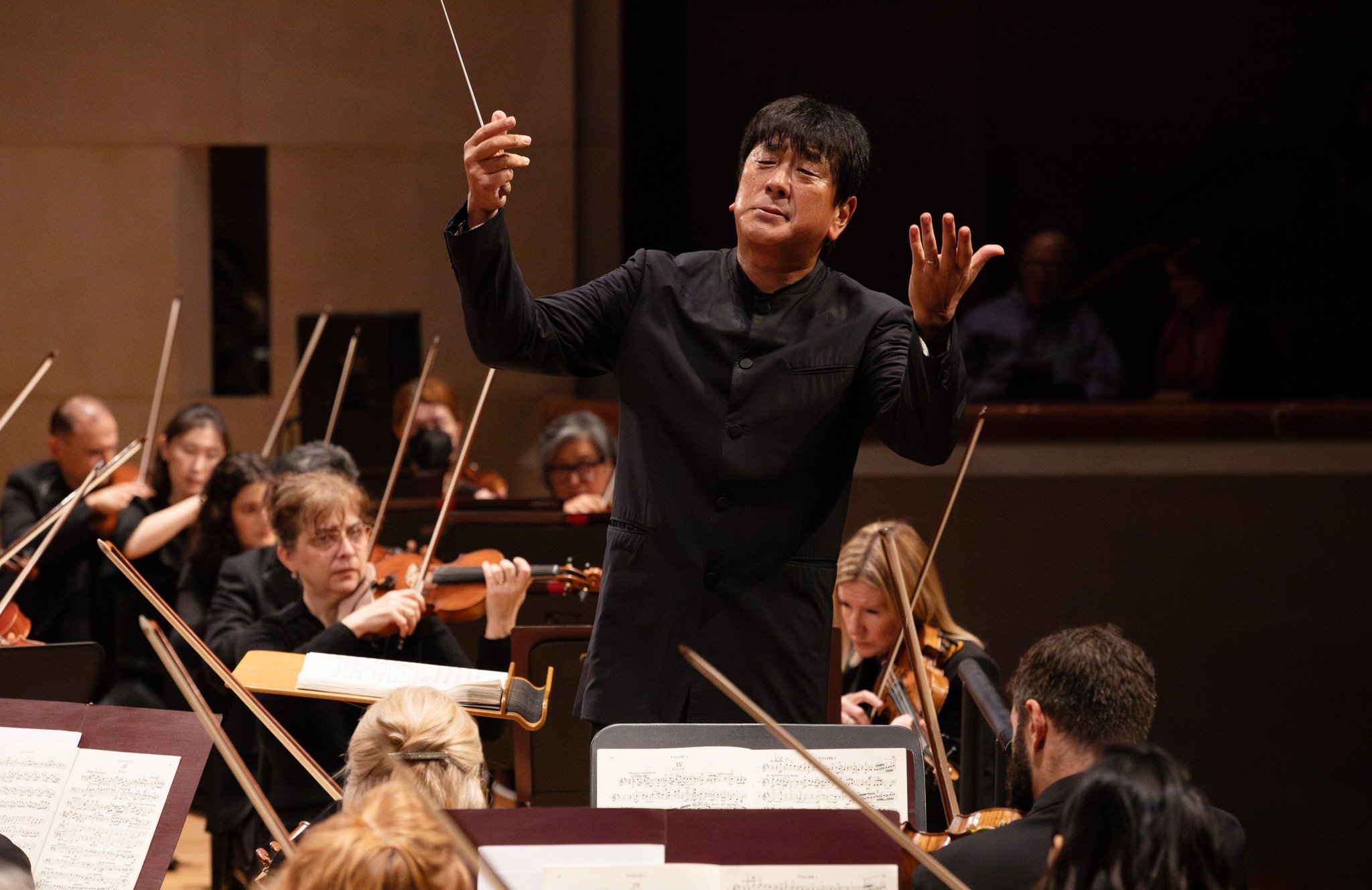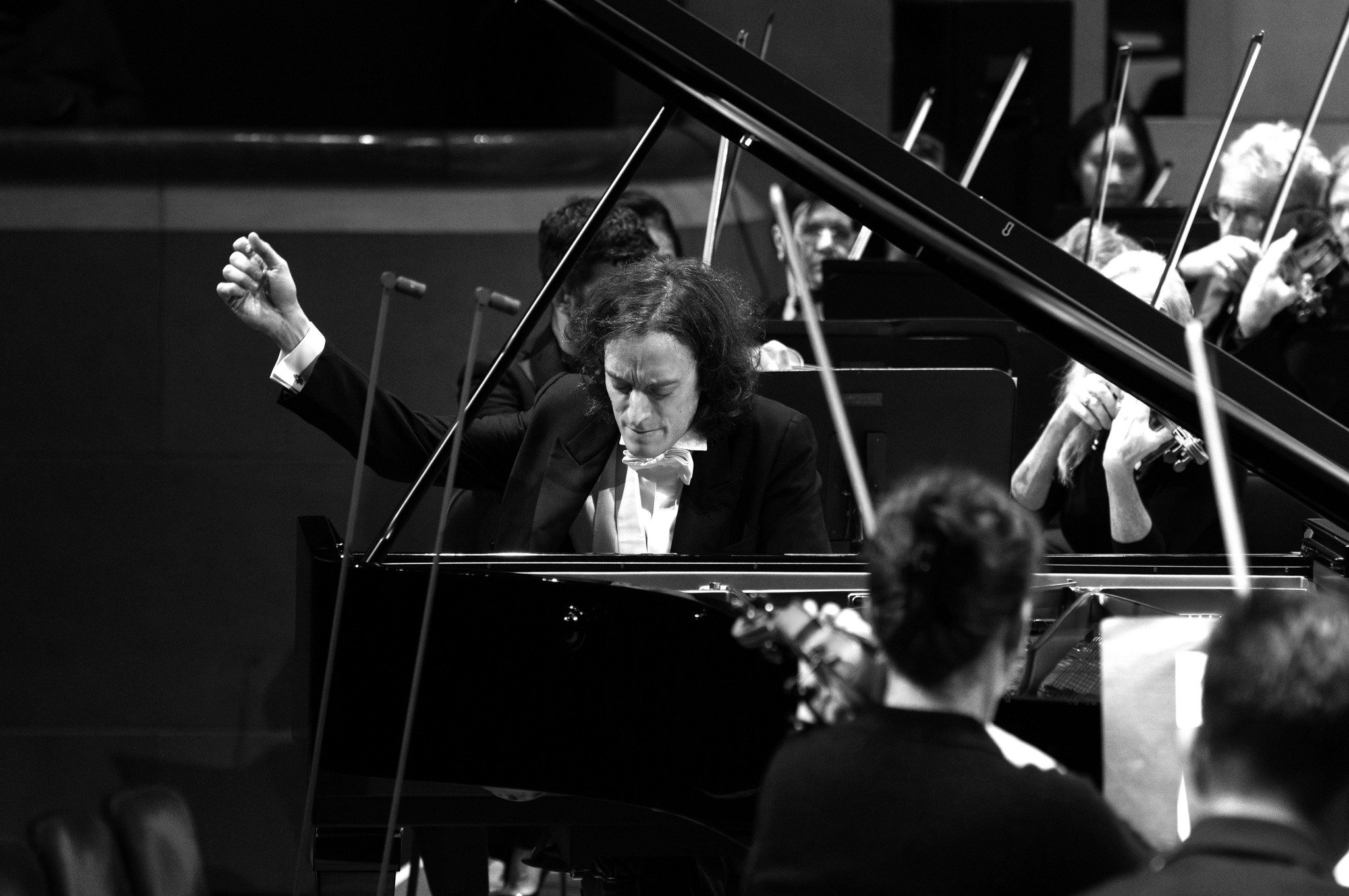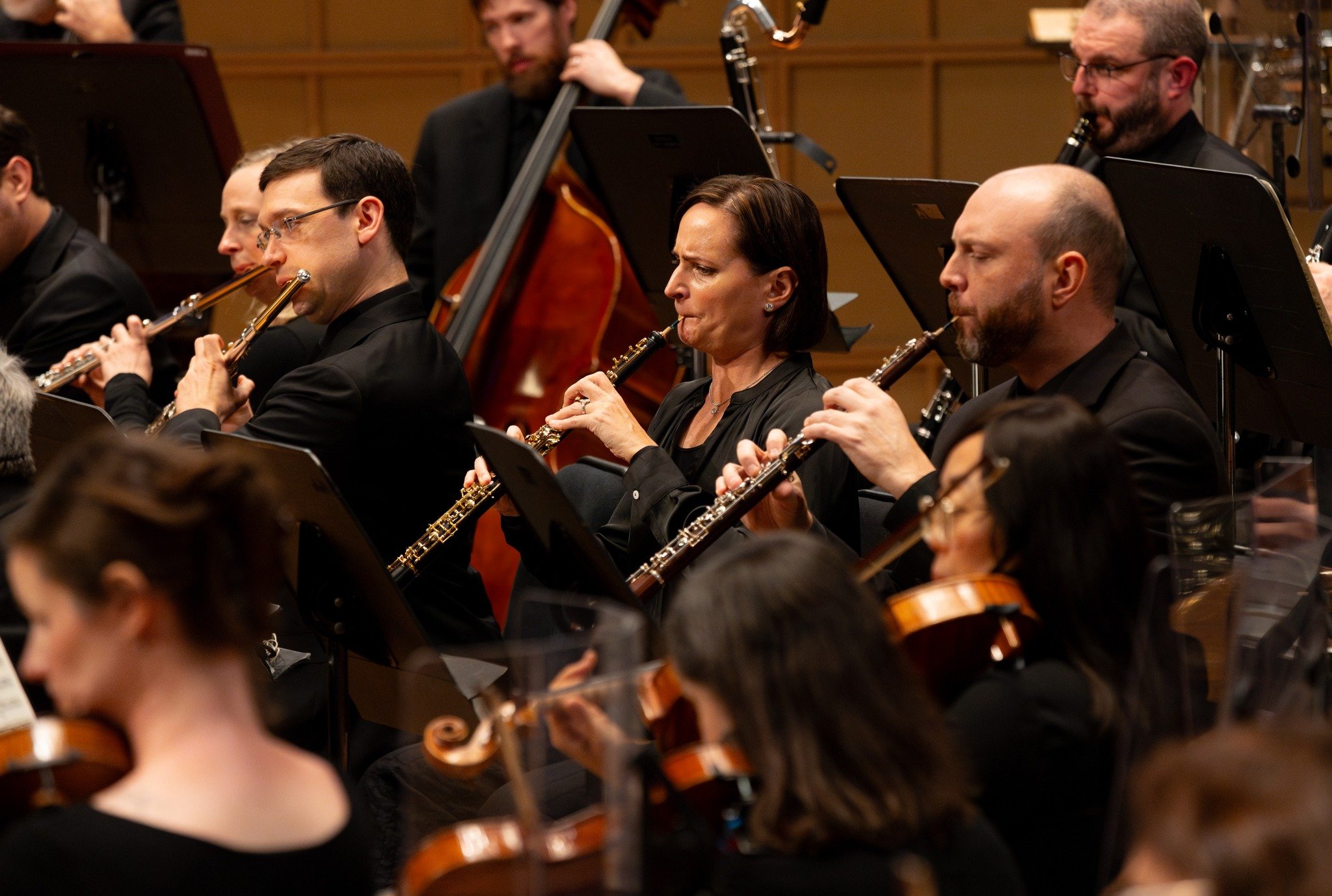Tchaikovsky @ Dallas Symphony Orchestra
—Wayne Lee Gay
This weekend’s Dallas Symphony Orchestra concerts show off two brilliant guest artists in an appealing juxtaposition of mid-twentieth-century modernism and late romanticism.
Japanese conductor Yutaka Sado opens with the generally overlooked but beautifully engaging Triptique for String Orchestra from 1953 by his countryman Yasushi Akutagawa. Cast in a straightforward three-movement fast-slow-fast pattern totaling fifteen minutes, the Triptique is a sort of concise miniature symphony: elegant, resonant energy dominate the outer movements, with a warm lyricism taking over in the central Berceuse. Hints of Bartok and Stravinsky abound, though the composer Akutagawa was an outspoken admirer of the Russian school of Shostakovich, Prokofiev, and Kabalevsky—whose influence also shows.
With plenty of rapid-fire passages as well as asides into smooth serenity, Triptique (triptych) makes a fine vehicle for the Dallas Symphony strings, and a terrific calling card for conductor Sado, who demonstrates a fine command of the structure and momentum of the work.
A second seldom-performed twentieth-century work, Benjamin Britten's Piano Concerto No. 1 (1946) provides an impressive showcase for Italian pianist Alessandro Taverna. By turns dark, motoric, and occasionally bitterly grandiose, this concerto nonetheless hints at the choral, operatic, and symphonic masterpieces that would flow from Britten's pen in ensuing decades. After an opening movement that's basically a scale exercise with orchestral accompaniment, the work breaks into occasional inspired moments of operatic drama.
For this listener (an admirer of Britten's music since childhood), the Piano Concerto No. 1 has more notes than music in its thirty-four minute length. But Taverna, who possesses both pianistic panache and steel fingers, carries it off nicely. On Thursday night, he clearly won over an audience that responded with a roaring ovation.
After intermission, conductor Sado returns with one of the monuments of the romantic era, Tchaikovsky's Symphony No. 6 ("Pathetique"). The orchestra could play this often-heard (and deservedly beloved) work in its sleep; Sado adheres to a long and well-established tradition while bringing a sense of personal immediacy to the performance. He creates an almost raw sorrow in the introduction, emphasizing the passing dissonance to set up the resigned passion of that famous second theme. The opening of the development section jolts like an unexpected lightning bolt in Sado's reading, while the gently lopsided second movement (a sort of waltz, but in 5/4 time) flows with its deceptive lyricism into the grand march of the third movement.
Many conductors push immediately from the rousing final chord of the march into the profoundly mournful Finale, overriding the audience's impulse to applaud at that moment. Sado allows a tiny pause, which a few audience members unfortunately took as a cue to start clapping on Thursday night. But that's showbiz—he audience isn't always right, but the audience is always there.
WHEN: November 16-19, 2023 (repeated on Friday, Saturday, and Sunday)
WHERE: Meyerson Symphony Center, Dallas
WEB: dallassymphony.org


